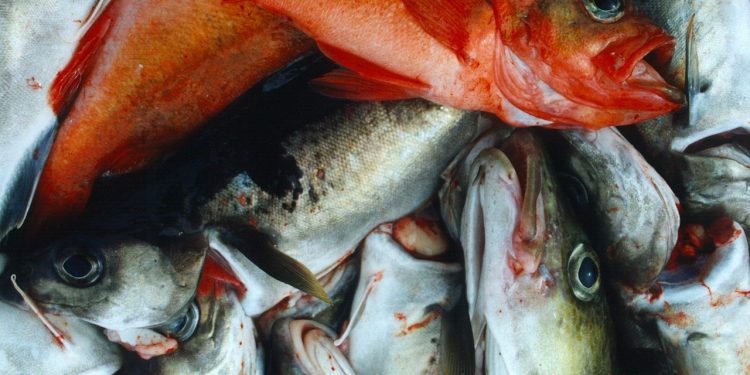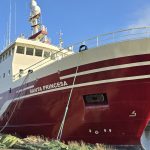ICES has recommended that the 2020 Barents Sea cod quota should be cut by 35,000 tonnes compared to this year’s quota – while taking it as read that haddock and saithe quotas can be increased.
ICES has recommended a 689,672 north-eastern cod quota for next year. The current quota os for 725,000 tonnes and is 50,000 tonnes over the ICES recommendation.
According to Bjarte Bogstad, the Norwegian Marine Research Institute’s representative on the ICES advisory committee, the cod stock has declined since 2013 and is about to stabilise.
‘ICES’s quota advice for north-eastern cod for next year is about 15,000 tonnes higher than the advice for 2019, but it is not the researchers who set the quota. This is done by the Norwegian-Russian Fisheries Commission, and they decided on a quota for this year which is 50,000 tonnes above the scientific advice.’
Quotas for north-eastern Arctic cod have been at a record high level in recent years, with a million-tonne quota peak in 2013.
According to research director Geir Huse, the high quota level in recent years can largely be attributed to the good cod years in 2004 and 2005.
‘We see that the year classes after 2006 are weaker, and then we get a natural decline in the stock,’ he said.
Bjarte Bogstad commented that ICES recommends changes in the quotas for several of the other fish species north of 62°N.
‘ICES recommends that the haddock quota be increased to 215,000 tonnes. This year’s quota is 172,000 tonnes. In addition, ICES advises 23,000 tonnes of Greenland halibut, and that the saithe quota can increase from this year’s quota of 149,550 tonnes to 171,982 tonnes,’ he said.
ICES makes no recommendations for specific coastal cod quota north of 62°N, beyond recommending that renewal plan for this stock be followed up. There are no new quotas for this year, as last year’s advice is due both for 2019 and 2020.
The quotas for cod, haddock, redfish and Greenland halibut are set by the Norwegian-Russian Fisheries Commission in October, while Norway sets its own saithe quota.
Advice for the winter capelin fishery is expected to be available around 10th October.









